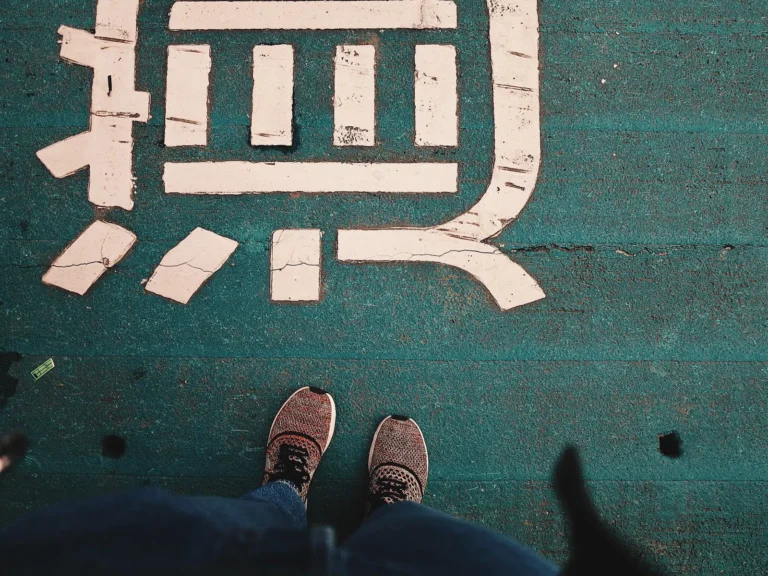Graphic designers develop creative concepts, which are based on a client’s or an account manager’s instruction brief and which meet a client’s media requirements to convey a certain message or idea.
Graphic designers are responsible for providing a wide variety of customers with all kinds of graphic products to communicate or promote specific messages and ideas.
These products may range from websites, books and corporate logos to posters, computer games and product packaging.
Graphic designers liaise with clients and account managers to establish what is required and then find creative ways of communicating their clients’ messages to the target audience.
Graphic designers will often come up with several ideas, which are presented to the client and/or account manager before one is chosen.
This will then be fully developed by a graphic designer or a team of designers.
Graphic design is a highly competitive industry with equal numbers of men and women working in various enterprises in locations all around the globe.
Many graphic designers work freelance but there is also a high number of office jobs with graphic design agencies or in-house graphic divisions of other companies.
Freelance graphic designers are then responsible for creating and maintaining relationships with clients as well as general office and administration tasks such as invoicing.
Salary
Graduate/Trainee salaries are typically £11,000 – £18,000 according to Prospects, March 2008.
These salaries may increase to £25,000 – £45,000 for senior designers after 10 years’ experience and creative directors can earn as much as £65,000.
Experienced freelancers tend to earn up to £40 per hour.
However, these salaries vary greatly depending on the individual designer, location and sector.
Of course, higher paying jobs can be found in larger cities and in-house jobs tend to pay more than agency or freelance jobs although the work can be more restrictive in terms of creativity.
Many designers prefer agency work because of the diversity of projects and creative freedom.
Responsibilities
Graphic designers may work on any number of projects at one time, depending on the size and scale of these jobs.
Typical tasks may include:
- Discussing projects and requirements with clients and account managers
- Interpreting clients’ requirements and developing appropriate concepts to present to the client
- Researching and developing design concepts
- Providing clients with quotes and presenting design concepts to the client
- Producing designs by means of various types of media, including photography and graphics programs
- Staying up-to-date with the specialist graphic design programs and technology used in graphic design. Programs include Quark Xpress, FreeHand, Illustrator, Photoshop, 3D Studio, Acrobat, Director, Dreamweaver and Flash
- Working in a team with printers, copywriters, photographers, other designers, account executives, web developers and marketing specialists
- Administration tasks if working freelance
Qualifications
Many graphic designers have some form of HND or degree level qualification in an area of design in order to gain sound knowledge of art/design history and techniques.
In order to study at this level, a foundation course often has to be completed.
However, job offers are often based on experience and portfolios.
This means that a degree or HND is not always required, however, work experience is almost essential as is a portfolio.
Many graphic designers undertake some form of work experience in the industry during their studies.
This provides them with some all-important work experience as well as material for their portfolio.
Competition is fierce and the majority of graphic designers have higher qualifications so entry without formal training or qualifications can be very difficult although is not impossible.
Apart from formal qualifications, most training is on the job although employees will often fund training courses in graphic design software that is specific to the industry.
Graphic designers must be able to use a variety of programs such as Quark Xpress, FreeHand, Illustrator, Photoshop, 3D Studio Max, Acrobat, Director, Dreamweaver and Flash.
Designers in specific fields may also require further training, for example media designers may need some knowledge of special effects systems.
Much of this knowledge is acquired as and when it is needed for certain projects and graphic designers must continue training throughout their careers to keep abreast of the latest graphic design software and technology.
Graphic designers can also become members of a number of professional organisations, which provide useful resources, advice and training programmes.
The Chartered Society of Designers (CSD) offers in-house training and a continuous professional development programme for graphic designers and design companies, while the Design Association (DA) offers a diploma, although this is more management orientated.
Skills
Obviously, graphic designers must demonstrate creative flair and drawing ability.
They also have to be:
- Meticulous when it comes to detail and accuracy
- Enthusiastic
- Well-disciplined (especially if they work freelance)
- Flexible
- Patient
- Organised
- Team player
- And possess good communication and presentation skills
Working Conditions
Graphic designers typically work fulltime, i.e. 35 to 40 hours a week.
Start and finish times can be fairly flexible to aid creativity and the hours will vary depending on projects and deadlines.
It is uncommon to work part-time due to the competitive nature of the industry.
Graphic design is a largely office-based profession and involves long periods spent in front of a computer.
However, most graphic designers are based in studios.
Many jobs involve teamwork so team meetings and evaluations ensure a lively working atmosphere.
Some jobs may also involve travel to visit clients although longer business trips are uncommon.
Employers
Many graphic designers work for advertising agencies as well as computer games companies, multimedia companies and charities.
There are also a number of graphic design agencies that are commissioned by clients to work on specific projects.
A number of graphic designers set up on their own after five or ten years and work in small studios, shared with other designers, or from home.
Graphic design jobs are mainly located in London and South-East England, Manchester and Leeds and there is growing demand for British graphic designers in Europe, Japan and the United States.
Some major employers in the UK include:
Career progression
Junior designers can expect to spend their first few years gaining experience, developing a reputation and gathering contacts.
They are often given very basic work that does not make the best use of their skills.
However, those working in smaller companies are frequently given challenging work from the very beginning.
Designers often work for a variety of companies to gain as much experience as possible and expand their portfolios.
After five or six years, they may progress to senior designer and eventually be promoted to managerial positions such as studio manager or creative director.
Others set up on their own, working on freelance projects from various clients.
Also known as…
- Animator
- Illustrator
Related Jobs
Related Resources
Cloud Hosting – for freelance graphic designers looking for cost-effective ways to host their online portfolio.
What’s it really like?
Niall is a graphic designer who has worked in Dublin and London and is now based in Berlin, Germany.
I’ve been a graphic designer for about eight years now but I worked in animation before that so I’ve been working as a designer since I left college.
Animation has gradually become more and more 3D based and I trained in 2D animation, which requires a completely different skill set so I started working as a graphic designer for Literactive, a Dublin-based company.
My job mainly consisted of creating flash-based animations and websites.
I then did a City and Guilds’ graphic design course in London and began working as a freelance graphic designer.
My client base grew and I moved to Berlin in 2005.
I work from home so my routine is fairly flexible.
I tend to start each day about 9 am by checking my emails.
I arrange meetings with clients, see what changes they want made and check various websites for freelance work.
I also read some design blogs to keep myself up-to-date with new methods and technology.
The majority of my creative work is done in the morning and early afternoon.
I then use the afternoon for editing work and meeting any clients.
My final job of the day is checking in with clients again and sending them any graphics to be reviewed.
I finish about 5 pm, depending on how much work I have on.
I suppose you could say I took the more indirect career path.
Qualifications are important but experience is essential and you need a certain creative edge as well.
Nothing compares to working on a project if you want to master graphics programmes.
You learn the most when things go wrong – after all, everyone remembers their biggest mistakes!
I plan to move back to London in the future.
I love living in Berlin but London has so many more opportunities in terms of graphic design.
I want to find an in-house job, possibly in an advertising agency or games design company, which would allow me to develop another set of skills and hopefully one day become an Art Director.








